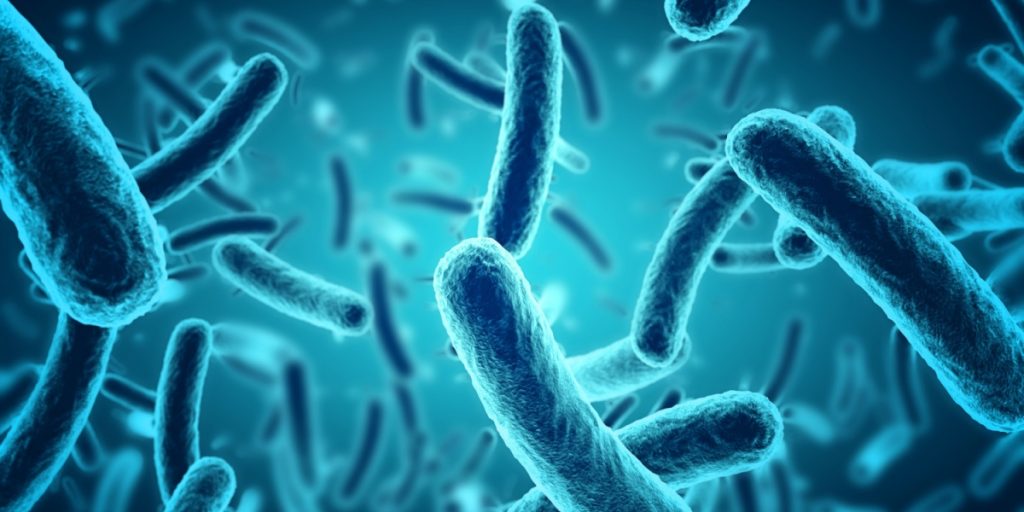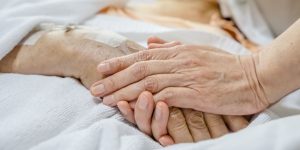How scientists discovered this through a classic experiment.
Others are reading now
Have you ever wondered whether bacteria mutate randomly or purposefully? This question has intrigued researchers for over a century.
In 1943, microbiologist Salvador Luria and physicist-turned-biologist Max Delbrück devised an experiment to demonstrate that bacteria mutate at random. Their findings showed that bacteria could develop resistance to antibiotics they hadn’t previously encountered.
The Luria-Delbrück Experiment’s Impact
The Luria-Delbrück experiment has significantly influenced science. Luria and Delbrück’s groundbreaking work earned them the Nobel Prize in Physiology or Medicine in 1969, and the experiment is still taught in biology classes worldwide.
Decades later, the experiment’s implications remain relevant, suggesting that bacteria can become resistant to antibiotics that have yet to be developed.
Also read
Slot Machines and a Eureka Moment
Picture a test tube filled with bacteria in a nutrient-rich broth.
When a virus that infects bacteria, known as a phage, is introduced, it kills most bacteria, clearing the once cloudy broth.
However, if the tube is kept under favorable conditions, the broth becomes cloudy again, indicating that some bacteria have developed resistance to the phages and are multiplying.
What role did the phages play in this change?
Some scientists believed the phages forced the bacteria to mutate for survival, while others thought that bacteria naturally mutate at random, and developing phage-resistant variants was simply a stroke of luck.
Luria and Delbrück struggled with this puzzle until a chance observation gave Luria a breakthrough idea.
How the Experiment Worked
Luria’s setup involved several tubes and dishes.
Each tube contained a nutrient broth for the bacteria E. coli to multiply, while each dish was coated with phages. A few bacteria were placed in each tube with two chances to develop phage-resistant variants, either in the tube without phages or on the dish with phages.
Luria then transferred the bacteria from each tube to a dish filled with phages and counted the resistant colonies that formed.
If bacteria only developed resistance by interacting with phages, there should be no mutations in the tubes. If only a few bacteria developed resistance when transferred to a dish with phages, those few would grow into colonies, while the rest would die from infection.
But if bacteria developed resistance independently of phage interaction, some bacteria in the tubes would already have mutations. This is because each division of a bacterium in a tube has a slight chance of producing a resistant variant. If the first mutation occurred early in a bacterial generation, a significant portion of the bacteria would be resistant in subsequent generations.
This pattern was similar to slot machine payouts.
Most dishes had few or no mutant colonies, but some had large numbers, which Luria saw as jackpots, indicating that bacteria developed resistant variants before encountering the phages.
Legacy
Luria immediately wrote to Delbrück after the experiment. Together, they published a seminal paper outlining the experimental protocol and a theoretical framework for measuring bacterial mutation rates.
Subsequent experiments using antibiotics like penicillin and drugs for tuberculosis showed similar results: bacteria can develop resistance without direct exposure to an antibiotic.
For millions of years, bacteria have relied on random mutations to adapt to harsh, ever-changing environments. This incessant random mutation means bacteria will inevitably develop resistance to future antibiotics.
Drug resistance is an ongoing challenge that we must continuously address.







